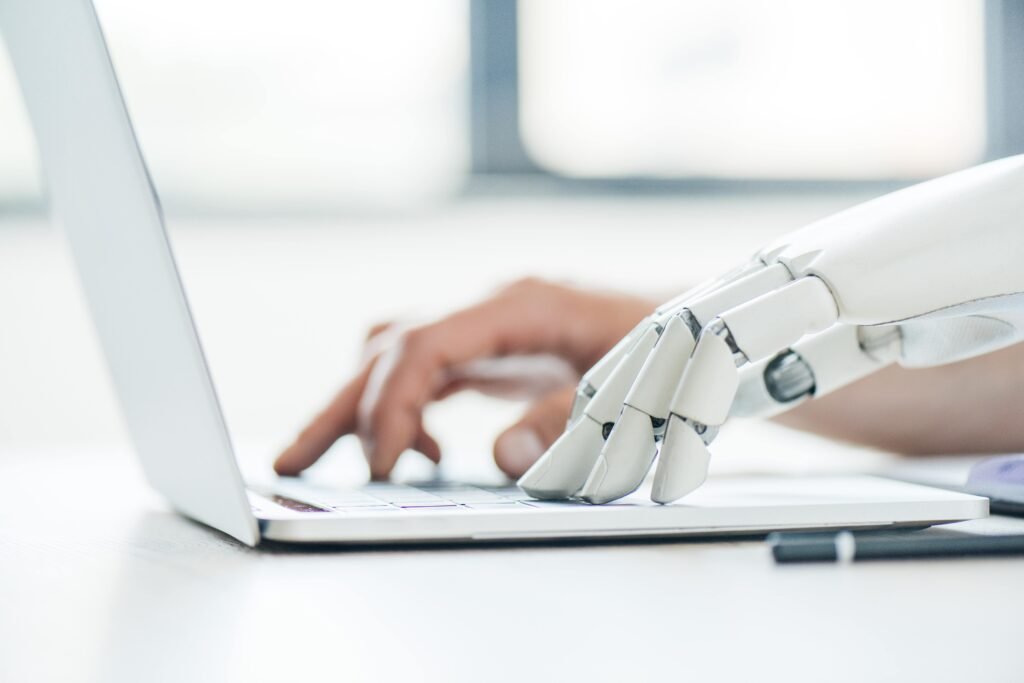Artificial Intelligence (AI) is increasingly becoming a cornerstone of digital innovation, particularly in enhancing the user experience (UX) on websites. As we move into 2024, AI technologies are poised to transform how users interact with digital platforms, making these interactions more intuitive, personalized, and efficient. Here’s how AI is shaping the future of UX on websites and why businesses should take note.
1. Personalization at Scale
AI excels in analyzing large datasets to deliver personalized experiences to users. By understanding individual user behaviors and preferences, AI can tailor content, recommendations, and even navigational pathways to meet each visitor’s unique needs. This level of personalization not only improves user satisfaction but also increases the likelihood of conversion rates as users encounter content that is most relevant to them.
2. Predictive User Interfaces
Predictive user interfaces (UIs) use AI to anticipate the user’s next moves and streamline their journey through a website. This might involve AI suggesting a blog post, prompting a chat with a support agent, or even pre-loading forms with user-specific data. These proactive features can significantly reduce user effort, enhance engagement, and make the overall experience more satisfying.
3. Enhanced Accessibility
AI also plays a crucial role in making websites more accessible to people with disabilities. Features like voice navigation, content readability adjustments, and predictive text can help users with various disabilities interact with online content more effectively. Improving accessibility not only broadens your audience but also demonstrates a commitment to inclusivity.
“Brush up on colors and their associated emotions to make sure you nail the mood and tone of your brand.”
4. Automated Customer Support
Chatbots and virtual assistants powered by AI are now common on many websites. These tools provide instant support to users, answering FAQs, guiding them through complex processes, or providing personalized advice. AI-driven support can operate 24/7, ensuring that help is available at any moment, which significantly enhances user satisfaction and loyalty.
5. Real-Time Behavior Analysis
AI systems can analyze user behavior in real-time, offering insights into how users interact with a website. This information can be used to optimize UX elements dynamically. For example, if users are dropping off at a specific point on a page, AI can suggest or automatically make adjustments to layouts or content to improve engagement.
6. Optimizing Load Times and Performance
AI can also help in optimizing the performance of a website. By analyzing patterns in traffic and resource usage, AI can predict peak times and adjust server loads accordingly. Furthermore, AI can optimize how content is delivered to users based on their internet speed and device type, ensuring the best possible performance.
Conclusion
AI is redefining the possibilities for user experience on websites. By incorporating AI technologies, businesses can create more engaging, efficient, and personalized websites that not only meet but exceed user expectations. As AI continues to evolve, its integration into website UX represents a strategic advantage for businesses aiming to stay competitive in the digital era. For those looking to enhance their digital presence, now is the time to explore the potential of AI in revolutionizing user experiences.




